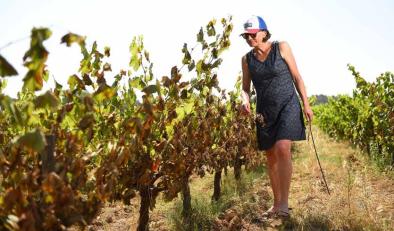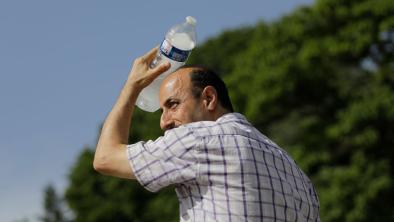Climate change made Europe's heatwave at least five times more likely

Climate change made last week’s deadly heatwave in Europe at least five times more likely, according to a rapid analysis.
The team of European researchers who conducted the work also found humanity’s warming of the planet made the heatwave about 4°C hotter than it would otherwise have been. The findings came as new data showed that the average European temperature last month was the hottest ever for June.
The intense heatwave affected large areas of Europe, setting temperature records in Germany, Austria, Spain, the Czech Republic, Switzerland and the Netherlands. France saw the hottest temperatures, including an all-time high of 45.9°C near the city of Nîmes, a level more typical of Death Valley, California. Manure self-ignited in Spain, causing a wildfire.
...
At least seven deaths have been linked to the heatwave; the true toll will not become clear until much later.
But we now know the exceptional heatwave was made much more likely by global warming, due to an assessment published on Tuesday by the World Weather Attribution group.
They used computer models to calculate the temperatures we would expect to see in France with the 1°C of warming – our current level above pre-industrial temperatures – and also without it.
They then looked at the average temperature in three days in June across France and in the French city of Toulouse and compare the observations with the models.
The results for France as a whole showed that climate change increased the probability of the heatwave by at least a factor five. The results were similar for Toulouse.
While the researchers were very confident in the heatwave being made at least five times more likely, they said the real world temperature data shows the probability could have been increased by as much as 100 times.
Related Content





